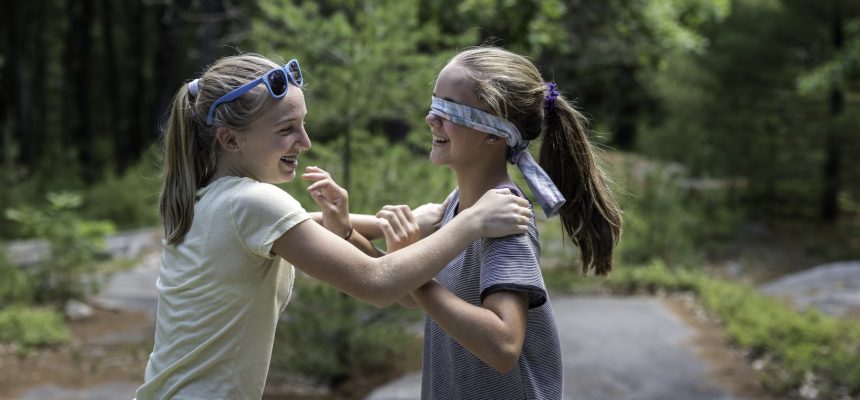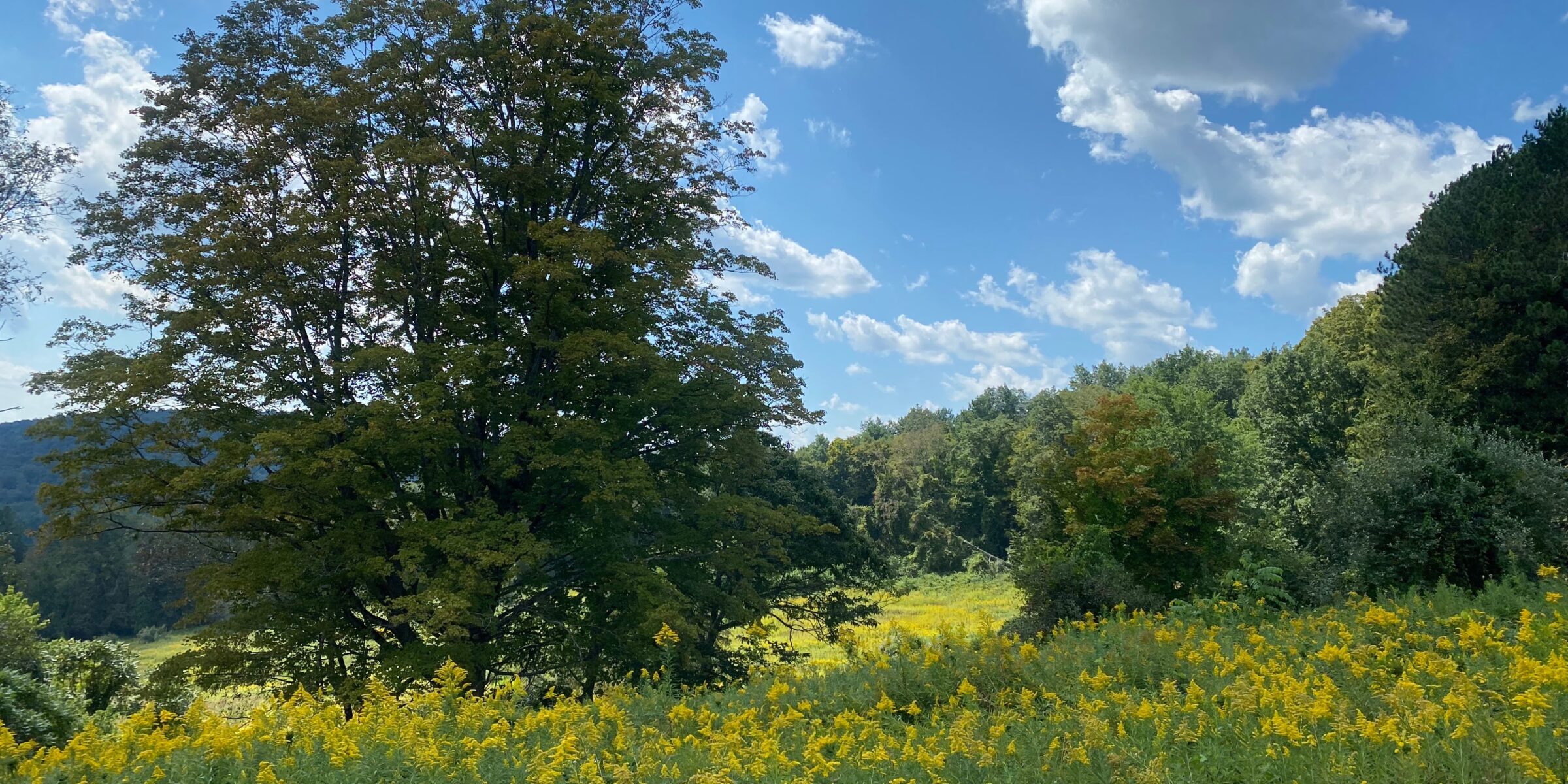
photo by Jamie Margolis
Habits & Habitats
An organism’s external structures provide clues to its habits and habitat. Students learn to decipher the evidence of an animal’s physical characteristics and deepen their understanding of the behaviors and survival skills of our wild neighbors.
NGSS: Structure, Function and Information Processing LS1.A, LS1.D
EL: Animal Defense Mechanisms
- Skulls & Senses
Examining a selection of mammal skulls, students consider the structure and function of features to make informed claims about whether the animal is a predator or prey animal, and consider the role of sensory organs to their survival.
Any time of year – In classroom, Length: 1 hour
- Habitat Hike
Considering the physical characteristics of some local mammals, students make informed claims about how their senses help them survive and which habitats they may live in. The scenarios come to life as students work in small groups collecting evidence to discover who could survive and thrive in a certain habitat.
Any time of year – Outdoors, Length: 2 hours - Thorns & Threats
Students investigate how both plants and animals protect themselves. Through interactive activities and role playing students will discover the defense strategies of plants and animals. You may be surprised at the similarities!
Any time of year – Outdoors, Length: 2 hours
Rock Mysteries
Through the Mystery Rock programs students discover local rock formations and the forces that have shaped the landscape. In the course of their field exploration, students identify patterns and rock types that relate to local geological history.
NGSS: Processes that Shape the Earth ESS1.C, ESS2.E, ESS2.A
- Mystery Rocks
Through hands-on investigation, students examine four types of rocks found on Heifer Hill. This introduction to rock identification prepares students for the Mystery Rock Hike Program.
Any time of year – In classroom, Length: 1 hour - Mystery Rock Hike
On a journey through time, students discover local rock formations and the forces that have shaped the landscape. In the course of their field exploration, they identify patterns and rock types that relate to local geological history.
Fall or spring – Outdoors at BEEC, Length: 2 hours - Stream Erosion Experiments
Building miniature stream landscapes students experiment with the variables at play in erosion, as well as make observations of erosion occurring in the stream visited.
Fall or spring – Outdoors at a stream, Length: 2 hours
